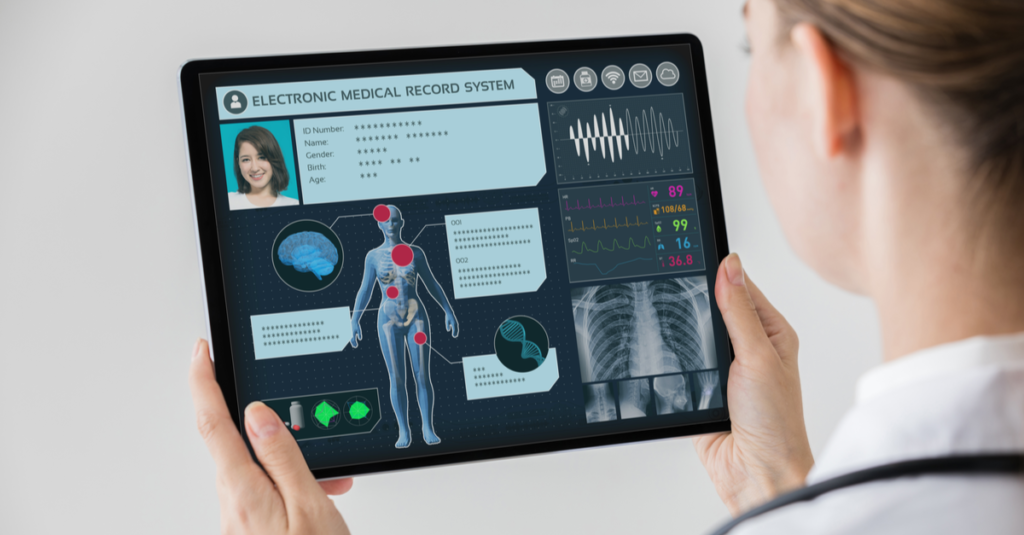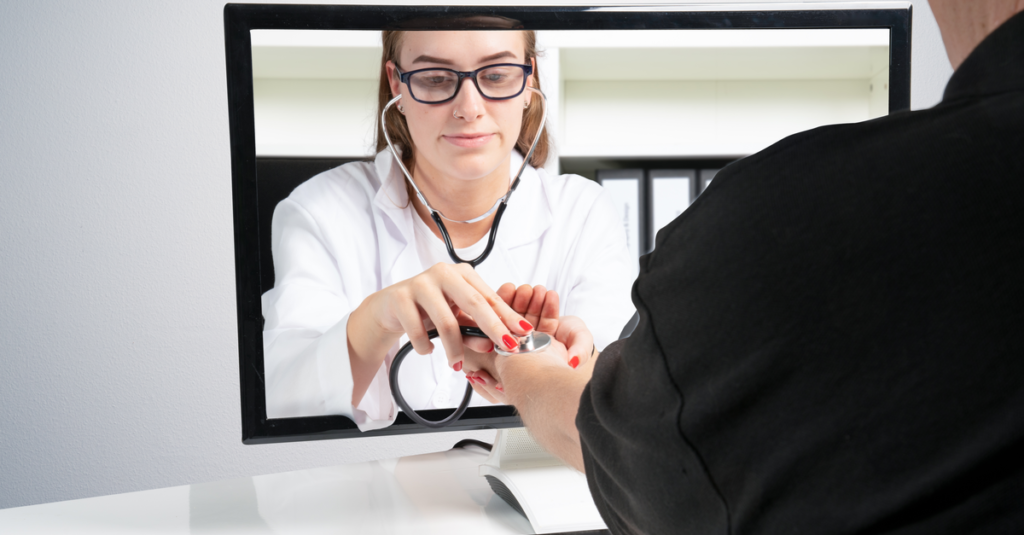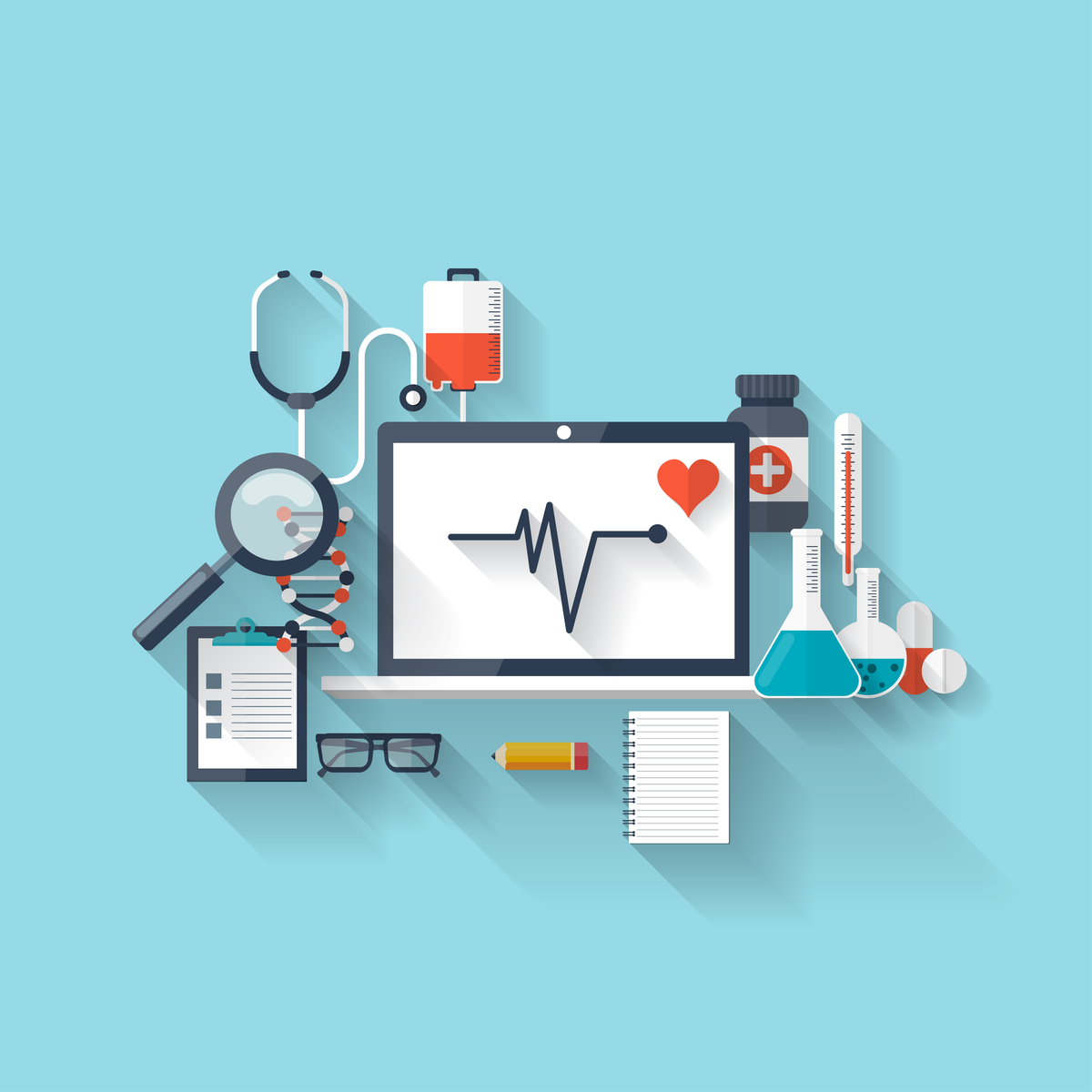
- Products
- Solutions
- Learn
- Partner
- Try Now
The pandemic has brought many changes to our lifestyle and how we perceive technology. There have been constant efforts to fight off the pandemic with various innovations and technological advancements.
Almost every country faced a shortage of top healthcare facilities, and the need for a technological alternative was highly coveted. That’s when telehealth escalated with the incorporation of new technologies and devices to take the bull by the horns.

Telehealth is a vast field that comprises various subsets such as virtual healthcare, telemedicine, and remote patient monitoring technologies. Apart from what telemedicine and virtual healthcare have done for the telehealth industry, remote patient monitoring is slowly becoming a valuable as set. Surprisingly, the RPM or remote patient monitoring technology has managed to attract 88% of healthcare providers. Such a phenomenal rise in RPM technology comes with the increase of more chronic patients and a focus on reducing outpatient visits.
What is Remote Patient Monitoring?
Remote Patient monitoring or RPM is a telehealth service that lets physicians and healthcare providers gather health-based data about their patients using mobile devices. RPM uses the devices such as various wearables and trackers that collect specific data on the patient’s health.
The recorded data is sent to the doctor with the help of an application using the cloud system. Doctors can view and save the data from tracking and generating insight into the patient’s health database later. The remote patient monitoring system is a vast and expanding field with USD 23.2 Billion valuations reported in 2020. It i s expected to reach USD 11 7.1 Billion by 2025 at a CAGR of 38.2%. It is pretty evident how much potential a remote patient monitoring system holds.
How Does Remote Patient Monitoring Facilitate the Online Healthcare Industry
The widespread adoption of digital health is contributing significantly towards the upliftment of the online healthcare industry. The online healthcare industry is expanding at a staggering rate, with a speculated growth of 28.5% by 2026. Remote patient monitoring technology can prove to be a gold mine for the online healthcare industry by reducing outpatient visits and improving the workflow.
Furthermore, digital health analytics has a major role in driving patient monitoring. Digital health analytics refers to using data and insights to improve the patient experience and measure the patient’s health using various technologies such as Big Data and AI.
After the hit of the pandemic, RPM in reducing outpatient visits has been phenomenal. Hospitals and healthcare organizations have come up with various solutions to free up their beds with the incorporation of technology. According to The Veteran’s Administration, healthcare organizations have seen a 25% reduction in bed days and a 19% reduction in hospital admissions. The use of modern equipment incorporated with the mobile monitoring apps has an overall positive impact on patient care, reducing organizational costs and increasing ROI. To manage the chronic conditions among seniors and improve outcomes, telemedicine and remote patient monitoring have come to the forefront. While telemedicine eliminates the need to travel and reduces expenses, it helps with the virtual consultation between the healthcare provider and the patients. On the other hand, RPM facilitates real-time information on how patients should be treated.
The real-time data about the patient’s health will help the doctors decide which patients require urgent attention. Hence, achieving impeccable healthcare IT infrastructure would be incomplete without remote patient management in Telehealth.
Key Stats of Remote Patient Monitoring

Remote patient monitoring systems have become more sophisticated in recent years; incorporating technology and devices is more innovative than ever. Well, some stats about remote patient monitoring and management of patient healthcare would give you further insight into its increasing adoption:
- A study reveals that the demand for remote patient monitoring devices has increased post-COVID with improved patient outcomes (49 percent), improved compliance rates (44 percent), and patients taking more ownership of their health (42 percent).
- Since 2019, 9 out of 10 healthcare providers were already focusing on adopting the remote patient monitoring technologies reported by the American Medical Association.
- Between 2016 and 2019, remote patient monitoring tools adoption has doubled from 14% to 28%.
Benefits for Healthcare Providers and Patients
Here are some immediate benefits of using the remote monitoring technology in healthcare for the healthcare providers:
- Reduction in costs:
One of the major benefits of adopting remote patient management and virtual consultation services is to save healthcare costs. The use of modern technologies for remote patient care and digital health tools can save up to $700 billion in the next 15 to 20 years in the telehealth industry. It would reduce the physician’s daily visit to the hospitals, enabling them to view electronic health records remotely from anywhere.
Similarly, the hospitals and nursing homes can cut off various operational costs, reduce in-person visits and staff engagement in their workforce. Further, health insurance provider CMS (Center s for Medicare & Medicaid Services) has encouraged remote patient monitoring by offering various reimbursements to the healthcare providers.
- Chronic condition management:
Remote patient monitoring is expected to increase with the benefits and features it offers to healthcare providers and chronic patients. More than 45 percent of the US population alone is suffering from some form of chronic disease. Further, 75% of the healthcare costs are driven by chronic conditions and long ailments. Remote patient monitoring technologies and devices can drastically reduce the costs of collecting various patient generated data such as blood level or blood pressure. Knowing about these data can help healthcare providers analyze their chronic patients’ current state and determine what level of attention they need.
- Reduce the pressure on healthcare:
With the increasing burden on the healthcare systems, technology driven tools and consumer-generated data can be efficient against the increased workforce management. According to Ernst and Young, 65% of healthcare professionals have emphasized using such technologies to reduce the staff’s burden at various organizational levels of the healthcare industry. Hence, healthcare staff can also analyze the data from their remote places to manage their patients.
- Improvement in the patient outcome:
Even after the global crisis gets over, the RPM will play a huge role in reaching out to remote places without travelling to the clinics for routine visits. People living in rural areas can also leverage these technologies to safely and quickly get a consultation with medical specialists. For instance, patients suffering from chronic heart disease or diabetes can be analyzed from their home using remote patient monitoring devices.
- Grow your practice in the long run:
While there could be a little investment involved, the returns are going to be phenomenal. Remote patient monitoring can help improve patient outcomes and boost your practice in the longer run.
During these adverse times, the focus is on reducing the long queues and reducing the patients’ waiting time. Further, using a remote patient monitoring system has resulted in patient satisfaction and more gratitude towards the hospital. As surveyed by the Consumer Technology Association, 52% of the patients seemed satisfied with remote patient monitoring technologies.

Benefits For Patients:
The target audience for the healthcare organizations is the patients themselves. Until there i s no benefit of RPM for the patients, the use of these technologies will be vague.
- Access to better remote healthcare:
RPM provides real-time data on the patient’s health. This way, the patient can always be in the loop with the healthcare provider using a mobile app and generate the reports or prescriptions there.
- More knowledge about personal health:
Rather than the virtual copy of the report, patients find the virtual reports and prescriptions easier and accessible. RPM comes with a mobile app that gives the patients a better understanding of their well-being. Further, the patients can book an appointment and consult with the physicians anytime or chat with them.
- Less travel time:
Remote monitoring means less travelling. Patients living far away from their healthcare centers have better access to healthcare using the RPM technology.
The Future of Remote Patient Monitoring
With the benefit s of RPM, it is pretty simple to say why remote patient monitoring is burgeoning. Even after the health crisis is over, digital healthcare demand is here to stay for years. McKinsey & Co. estimates that the current healthcare spending of about $250 million can be virtualized to save costs. That said, the pandemic has certainly banished various traditional practices in healthcare and has strived hard to move with the growing trend. In the coming years, the popularity and increasing availability of health devices and patients’ willingness to capture and share the information will significantly raise remote patient monitoring. It helps the health providers to deal with the hassle of outpatient visits.
With over 3.2 billion mobile users and 1.35 billion tablet users, it comes as no surprise how mobile apps will benefit the patients and healthcare providers. The deployment of mobile apps and boost in mHealth has made remote mentoring even easier. Hence, the remote care of the patients should be pivotal for every healthcare organization.
Wrapping Up
Telehealthcare has come a long way. With various solutions like one-on-one video consultations, big data health analytics, and wearable devices, physical communication has dulled down. With the right set of technology and suite of tools that ease the communication between the healthcare providers and patients, virtually enabled healthcare service is no more an illusion. All you need is a robust remote monitoring app that can track their patient using the devices to monitor blood sugar levels for people with diabetes and remote ECG viewers. These apps can also check for the symptoms, view reports, and digital imaging to provide virtual assistance.
Panther provides all the solutions for virtual healthcare and focuses on features that improve efficiency in remote monitoring of the patients. If you are looking to get a remote patient monitoring app for your healthcare business, Junglework’s Panther solution is worth checking out. We hope this guide has helped you guide through remote patient monitoring and its effectiveness in boosting the healthcare industry.
How to Develop Remote Patient Monitoring Software For Your Telemedicine Business: The Ultimate Guide

Subscribe to stay ahead with the latest updates and entrepreneurial insights!

Subscribe to our newsletter
Get access to the latest industry & product insights.





















